Hall Effect Experiment
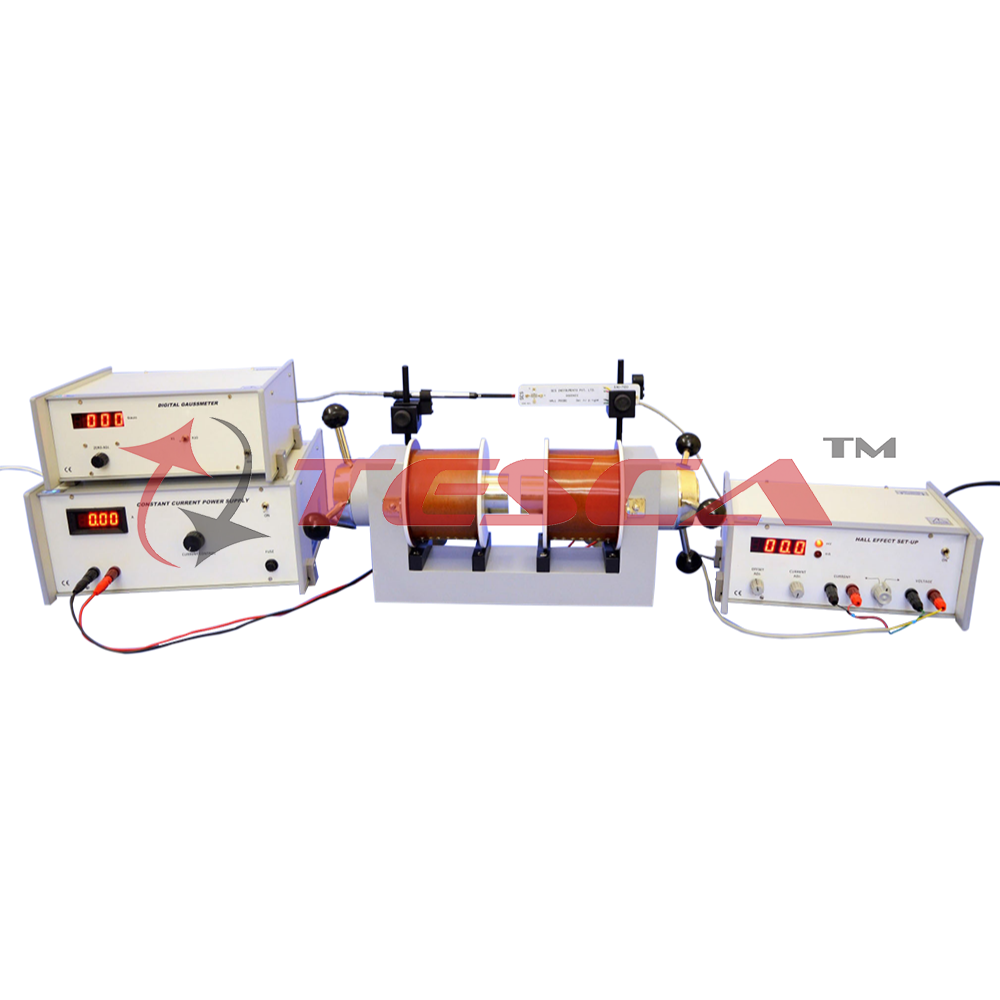
Order Code: 55548A
Category: Physics Trainers
The resistivity measurements of semiconductors can not reveal whether one or two types of carriers are present; nor distinguish between them. However, this information can be obtained from Hall Coefficient measurements, which are also basic tools for...
SPECIFICATION
The resistivity measurements of semiconductors can not reveal whether one or two types of carriers are present; nor distinguish between them. However, this information can be obtained from Hall Coefficient measurements, which are also basic tools for the determination of carrier density and mobilities in conjuction with resistivity measurement.
Theory
As you are undoubtedly aware, a static magnetic field has no effect on charges unless they are in motion. When the charges flow, a magnetic field directed perpendicular to the direction of flow produces a mutually perpendicular force on the charges. When this happens, electrons and holes will be separated by opposite forces. They will in turn produce an electric field ( ) which depends on the cross product of the magnetic intensity, H, and the current density, J.
Where R is called the Hall Coefficient
Now, let us consider a bar of semiconductor, having dimension, x, y and z. Let J is directed along X and H along Z then will be along Y.
Then we could write
Where Vh is the Hall voltage appearing between the two surfaces perpendicular to y and I=Jyz
Hall Effect experiment consists of the following:
- Hall Probe (Ge Crystal) n & p-type
- Hall Effect Set-up
- Electromagnet
- Constant Current Power Supply
- Digital Gaussmeter
Hall Probe (Ge Crystal)
Ge single crystal with four spring-type pressure contacts is mounted on a sunmica-decorated bakelite strip. Four leads are provided for connections with measuring devices.
Technical Specification
- Material : Ge single crystal n &
- p- type both
- are provided
- Resistivity : 8-10W.cm
- Contacts : Spring type (solid silver)
- Zero-field potential : <1mV (adjustable)
- Hall Voltage : 25-35mV/10mA/KG
It is designed to give a clear idea to the students about Hall Probe and is recommended for class room experiment. A minor drawback of this probe is that it may require zero adjustment.
Hall Effect Set-up
Hall Effect Set-up is a high performance instrument of outstanding flexibility. The set-up consists of a digital millivoltmeter and a constant current power supply. The Hall voltage and probe current can be read on the same digital panel meter through a selector switch. The unit is made compatible with interface unit, for computer control option.
(i) Digital Millivoltmeter
Intersil 3½ digit single chip A/D Converter ICL 7107 have been used. It has high accuracy like, auto zero to less than 10µV, zero drift of less than 1µV/°C, input bias current of 10pA max. and roll over error of less than one count. Since the use of internal reference causes the degradation in performance due to internal heating, an external reference has been used. Digital voltmeter is much more convenient to use in Hall experiment, because the input voltage of either polarity can be measured.
Specifications
Range : 0-200mV (100mV minimum)
Accuracy : ±0.1% of reading ±1 digit
(ii) Constant Current Power Supply
This power supply, specially designed for Hall Probe, provides 100% protection against crystal burn-out due to excessive current. The supply is a highly regulated and practically ripple free dc source.
Specifications
- Current : 0-20mA
- Resolution : 10µA
- Accuracy : ±0.2% of the reading ±1 digit
- Load regulation : 0.03% for 0 to full load
- Line regulation : 0.05% for 10% variation
Datasheets of other sub units is available separately.
The experiment in complete in all respect.


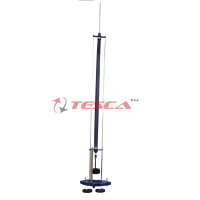

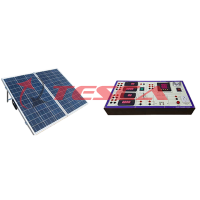

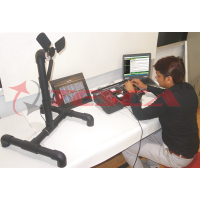
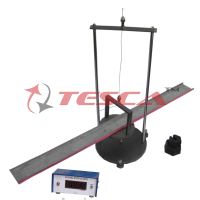
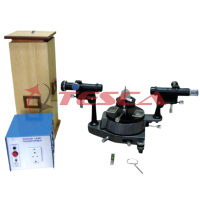
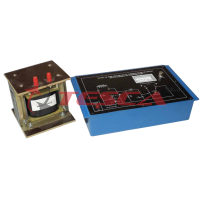

 91-9829132777
91-9829132777